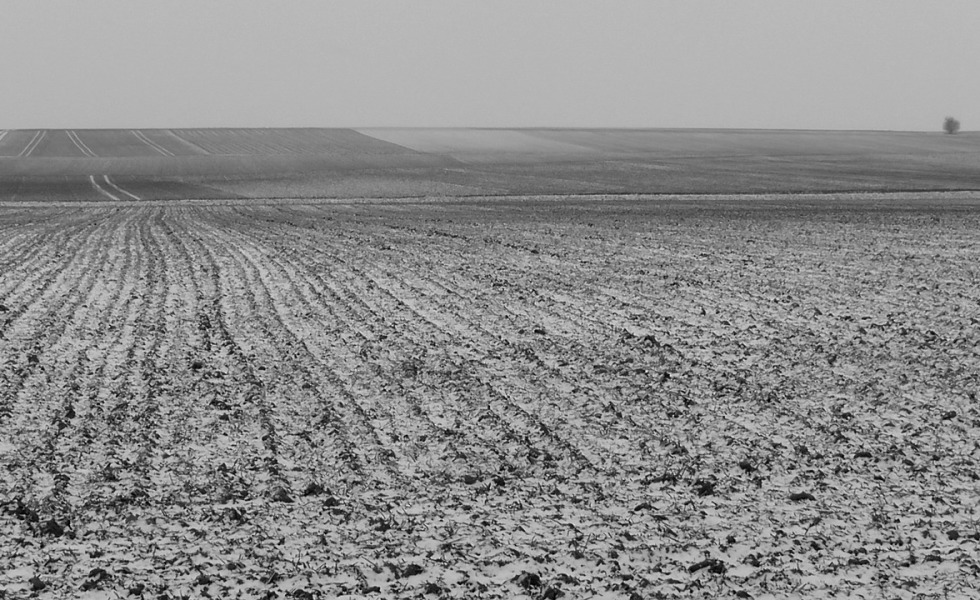By the Numbers
Posted on December 29, 2016

If it’s all about the numbers, a journalist’s stock-in-trade, what are the numbers telling this journalist as 2016 fades and 2017 rises?
First, according to the World Wildlife Fund’s (WWF) Plowprint Report, issued Nov. 16, “Since 2009, 53 million acres of grasslands—an area the size of Kansas—have been converted to cropland across the Great Plains alone.”
Kansas is big but those acres represent “almost 13% of the 419 million acres that remained intact in 2009.” And, adds the WFF, “In 2014, the northern Great Plains lost more acres to conversion than the Brazilian Amazon,” a number it pegs at “1.4 million.”
U.S. Department of Agriculture statistics do not match WWF’s numbers because the Plowprint Report includes grassland conversion in both America’s spacious Great Plains and Canada’s vast western provinces.
That means that while the U.S. Conservation Reserve Program (CRP) lost nearly 13 million acres to row crops and other uses from 2007 to 2016, total planted acreage of America’s 18 principle crops rose only slightly, from 320.9 million in 2009 to 323.4 million in 2016.
Still, these numbers—when added to today’s doggedly low commodity prices—make an argument for farmers and conservationists to lobby for a significant boost to long-term conservation funding in the 2018 Farm Bill.
Commodity prices have spent most of the year in the red. Not red as in red-hot red or red as in Republican red; red as in red ink red. Since the Nov. 8 general election, however, the Chicago and New York markets have staged an energetic, post-Trump rally.
Soybeans futures, for example, rose 50-cents per bu. in the month after Trump’s upset victory. Likewise, feeder cattle futures added $8 per cwt., fat cattle a slimmer but still welcome $6, and hog futures climbed $12 off their desperately skinny, late October lows.
Wall Street Trump-bumped, also. The Dow Jones Industrial Average rose from 18,332 points on Tues., Nov. 8, to 19,251 on Tues. Dec. 6, an impressive 919-point move. That swift climb equaled one-half of the Dow’s to-date 2016 increase of 10.35 percent. Wow.
The hard part, of course, is knowing what’s next. Livestock market analysts, as hard-pressed to explain the quick, post-election move upward as they were in explaining the mid-summer’s body slam downward, suspect the rallies can’t last.
None, however, are willing to get in front of the stampede—upward or downward—because of the near-complete disconnect between today’s cattle futures markets and cattle cash markets.
(Note to the incoming House and Senate Ag committee members: Almost any aspect of the livestock sector is worth a hearing before Hearing One to discuss the 2018 Farm Bill.)
Stock market analysts, like the cowboys, are wary of Wall Street’s rapid rally. Will a Trump presidency keep it fueled by, say, spending $1 trillion on infrastructure, cutting corporate taxes from 35 percent to 15 percent and closing the back door so U.S. can’t move jobs overseas?
It now sounds possible, even plausible, because Congressional Republicans appear to support the president-elect’s aggressive business agenda. If they stay together, the thinking goes, the stock market will too.
But, if 30 or so tea party members break ranks in the GOP-led House (witness John Boehner), the Republican’s working majority cracks and any one of these much-talked initiatives stalls in Congress. That return to gridlock will rattle Wall Street and many already-shaky world markets.
One market seer, Jerry Welch, who confesses to be a worrisome bear, sees a “deadly combination” of “lower bonds, higher [interest] rates and a stubbornly strong dollar” turning the “Trump bump” into a “Trump slump.”
Why? Because, as Welch wrote in his Dec. 2 “Commodity Insight” column, “The race is not always won by the swift, nor the battle by the strong. But that is the way to bet.”
Tell that to Hillary Clinton, Jerry.
© 2016 ag comm
Share This